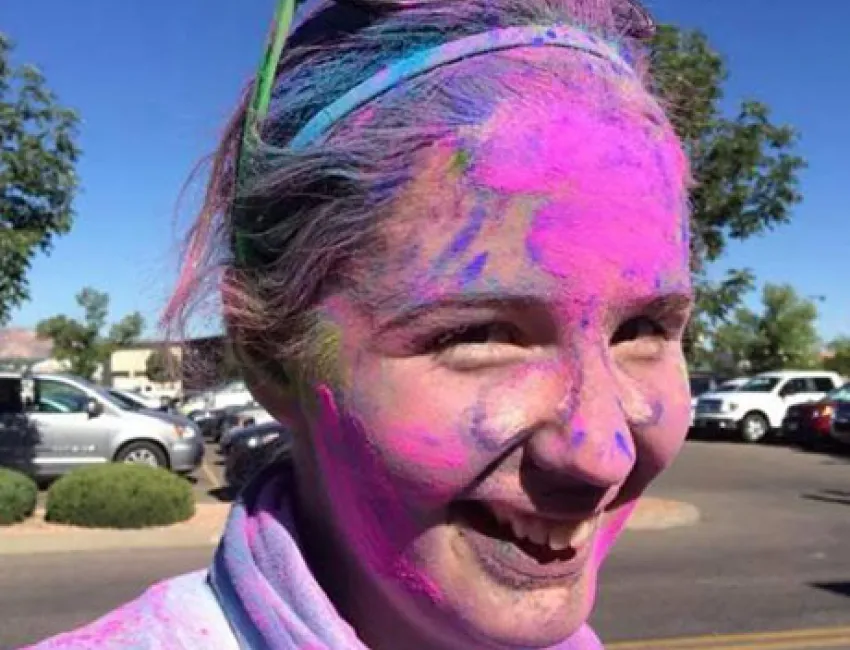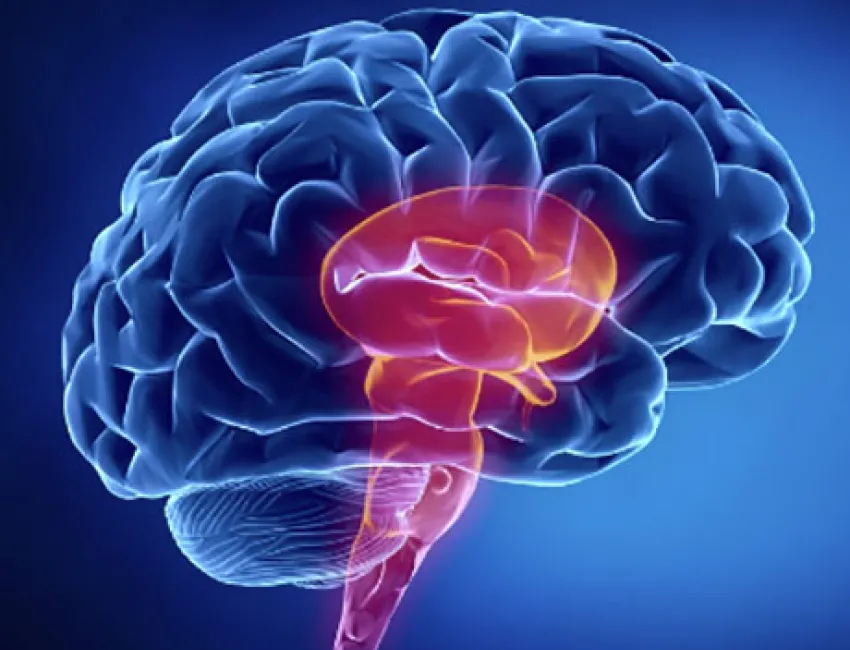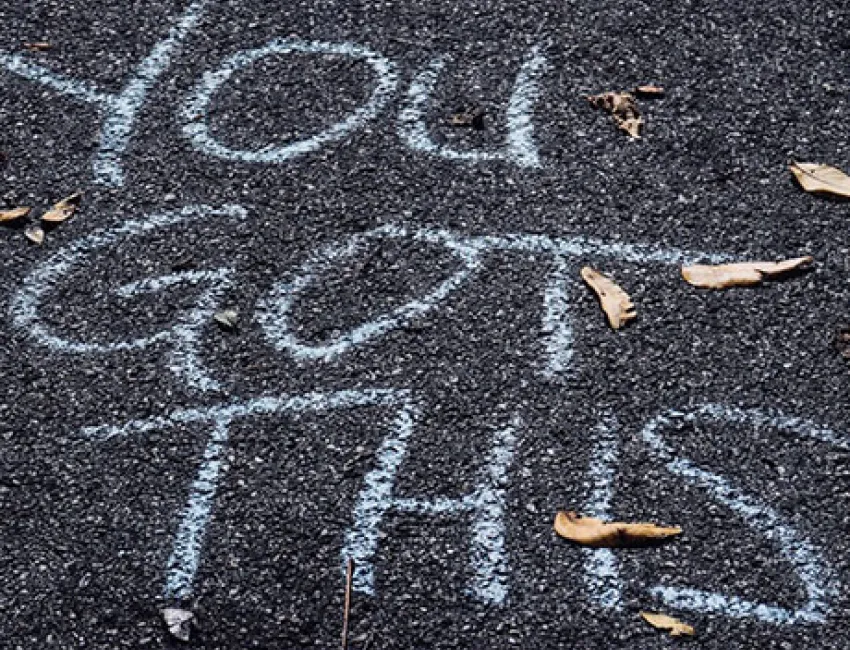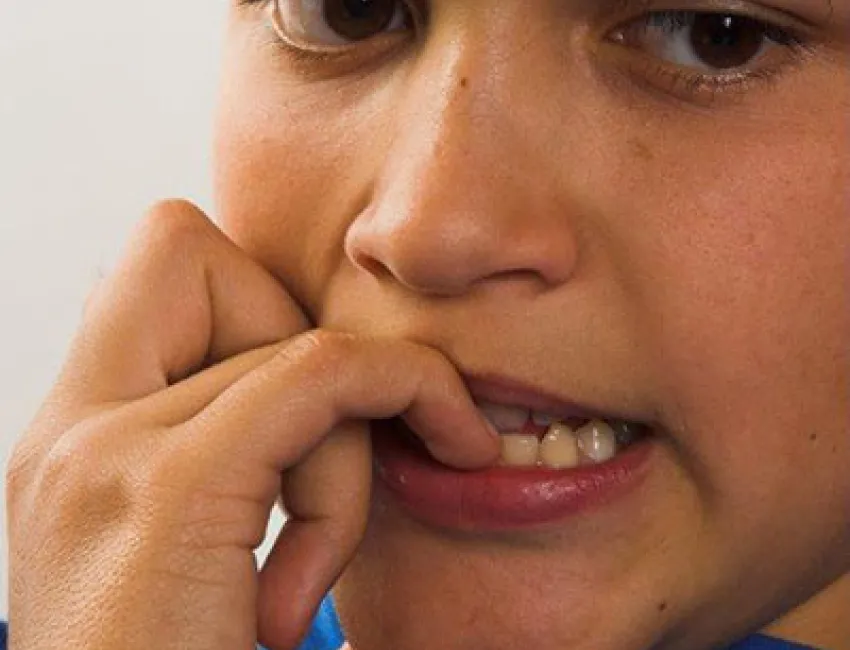
It may be a drag to admit it, but we all have at least one bad habit. The great news is that where there is a will, there is a way! With daily repetition of a new activity, research shows habits can be formed within 2-3 months. The good news is that the process of building the habit gets easier as you go! 1
A habit is an acquired behavior or thought pattern that has become ingrained due to repetition or because they give us pleasure2. They can be so ingrained, you may not even notice them and can be both helpful or harmful. For example, brushing your teeth might be a habit you complete every morning that is automatic and helps you get through your morning routine without too much thought.
This automatic process can be beneficial, allowing our brains to think about other things as we are performing these activities without even realizing we’re doing it. On the other hand, some habits are formed when our brain releases “the feel good chemical” called dopamine. Due to the release of dopamine, the brain is signaled to do that behavior again to get that feeling again. This strengthens the habits we form through pleasure whether it’s healthy or not, making them harder to break.
Many habits can negatively affect us, because too much of anything can be a bad thing. We all have them, so don’t be too hard on yourself if some of these feel familiar:
- Being late for work, school, and meetings
- Engaging in social media too often
- Thinking negatively
- Gossiping
- Seeking attention
- Resisting change
- Making rash decisions
- Being defensive
- Biting nails
- Cracking knuckles
- Procrastinating
- Engaging in self-sabotage
- Micromanaging
Note: Bad habits vary from person to person and there are many other examples not mentioned in this list.
A crucial step to overcoming bad habits is recognizing what causes them. These habits can be caused by our attempts to alleviate stress and boredom, which may even be decoys for deeper issues. Certain beliefs or influences may lie behind the bad habit and you may not even know what they are until you truly examine them. It may be tough to initially think about; but if you are serious and truly set on making life changes, you have to be honest with yourself and commit to the process. Read on for specifics on the process.
If you can make yourself aware of what you are feeling when you are engaging in your bad behavior, you may be able to figure out how to stop it. When we are aware of our bad habits, we can feel guilty or ashamed about them and wish they weren’t there.
But guilt and shame rarely change much. Instead, actively try to start thinking about this habit with compassion and curiosity. It serves a purpose. Become a detective learning more about your brain, body, and what you need. Here are some questions you may ask yourself about your habit:
- When does your bad habit actually happen?
- How many times do you do it each day?
- Where are you?
- Who are you with?
- What triggers the behavior and causes it to start?
Simply begin tracking this data on your phone or piece of paper every time it occurs. By establishing this baseline, you can then analyze this data to identify what your triggers are that cause this bad habit. You can even make a pro and con list of what the behavior does for you and keep in mind the goals you want to accomplish in defeating your bad habit. Once you have the analysis, document improvement over a period of time so that you are able to visually see your goal falling into place. Visual measurements and conscious thought create a tendency to change things.2 Here is a great example:
Plan for how you will record the habit - in real time or every night before you go to bed, etc. Documentation allows you to see the situations where the habit comes out and begin to associate them with emotional or environmental triggers. With this awareness, you can begin to troubleshoot your triggers. For example, if you are chewing your nails when watching TV in general, maybe cut down your TV time. If it’s only during commercials, you could do jumping jacks during commercial breaks, or tape the show so that you are able to skip through the commercials!
Bad habits can’t be totally erased from your brain because they get hard-wired through dopamine release and/or repetition. It would be nice to completely erase some things from our brains (like that one SUPER embarrassing moment), but unfortunately that is not how it works. What we can do is replace that bad habit with a better one, and strengthen the good one with repetition.
The thing about bad habits is that they most likely bring psychological benefit to you. For example, when you are eating that sweet, it feels good. Sugar releases dopamine in your brain, similar to drugs. So you know eating that sweet is bad for you; yet it gives you a euphoric feeling and it is hard to want to eliminate that feeling from your life.
If you are trying to eliminate eating when you are stressed but you don’t replace it with a new behavior that provides a similar benefit, even the idea of stopping the bad habit will become extremely stressful, which is likely to cause you to give in. It’s hard to stick to the “I just won’t do it” attitude because the underlying drive to eliminate the feelings of stress will go unmet. Thus, the need for a healthy replacement.
Some examples of replacement behaviors include:
- Exercise
- Taking a walk around the neighborhood
- Going for a hike
- Taking deep breaths
- Meditating
- Taking a nap/going to bed early
- Calling a friend
- Journaling
Quitting your bad habit may leave you without that dopamine surge you received when you engaged in it, so it is important to find a way to positively replace that feeling. Over time you will associate this new, chosen behavior with the positive feeling of accomplishment for kicking the bad habit. However, during this difficult process of retraining your brain, rewards will be most effective when given that same day or instantly, just as when you received an instant good feeling with that bad behavior.
A helpful technique is to visualize yourself in a tempting situation. You want to visualize your success, see yourself consciously choosing the good habit over the bad one. See yourself throwing away the junk food or getting to school on time. Whatever the bad habit may be, visualize yourself overcoming it and basking in the success of it.
Attend to your surroundings for success.
Changing your environment can alter how accessible your bad habit is so avoiding the people, places, and things that often trigger the habit can make it easier to break.
If you truly cannot escape or alter your environment, then try going back to creating more awareness around the negative sensations that surround the habit. It is important to remember that there will be triggers everywhere and some when you least expect it. But just pausing, noticing the habit, and facing your fears or even acknowledging it will help increase your control over the habit immensely.

Pairing up with someone and quitting your bad habit together allows you to hold each other accountable. Just knowing that someone is counting on you is a strong motivator. So consider sharing your goals with your friends, family members, and even coworkers and ask them to support your goals. This way you can celebrate your progress along the way to kicking your bad habit together!
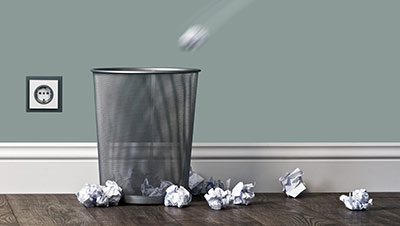
We all fail every now and then and that’s simply because we are human. So instead of dwelling over your failure, celebrate your successes, even the smallest ones, because breaking bad habits takes time and effort. Be patient with yourself and persevere. In taking on this intense challenge, you’ll discover a greater version of you. You don’t need to become anyone else, you just have to be curious and compassionate to find better ways to get your body’s and brain’s needs met.
1 https://www.ncbi.nlm.nih.gov/pmc/articles/PMC3505409/
2 https://newsinhealth.nih.gov/2012/01/breaking-bad-habits
